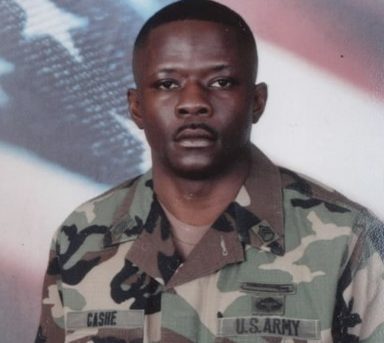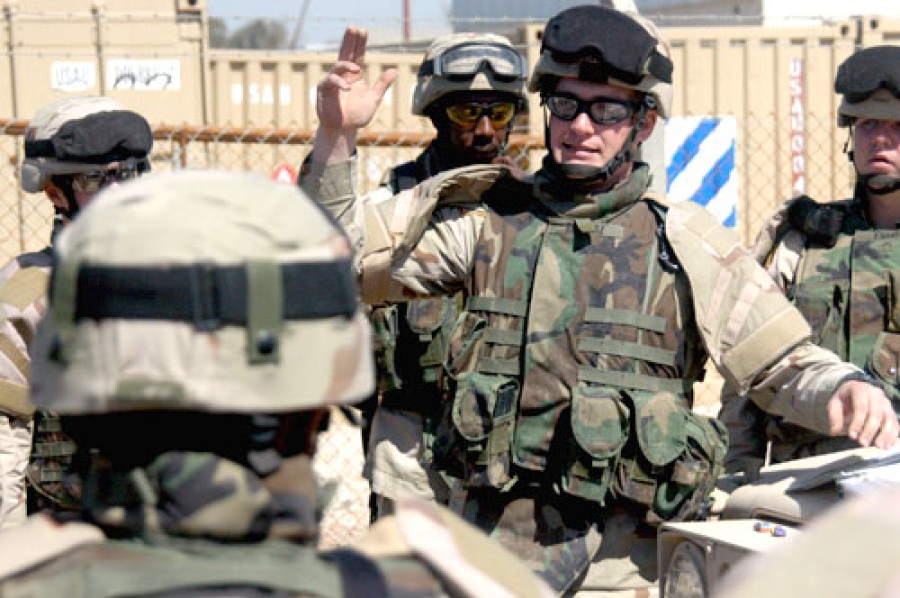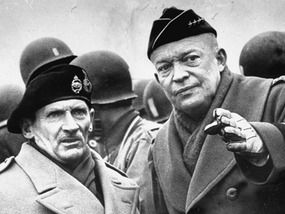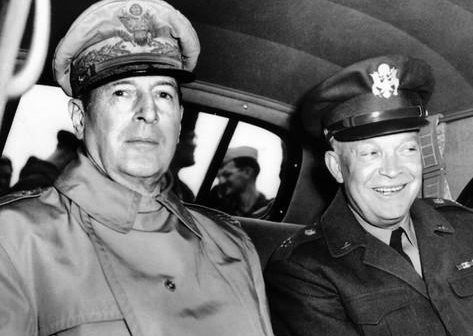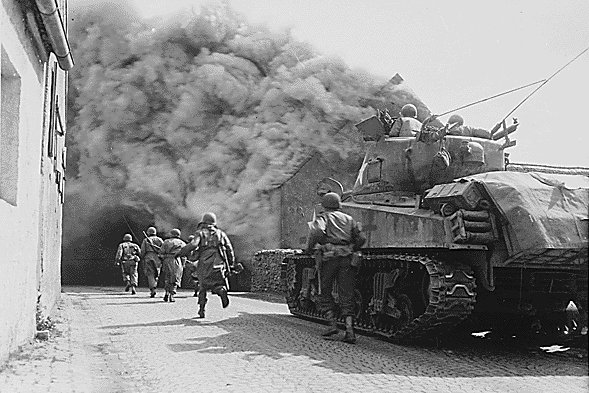
1 of 11:
15 years ago today from FOB McKenzie, near Samarra, he was looking ahead. The end of a 12-month deployment to Iraq – his second of OIF – was 3 months away.
His Name Is #AlwynCashe. Over the coming days we'll tell his story.
15 years ago today from FOB McKenzie, near Samarra, he was looking ahead. The end of a 12-month deployment to Iraq – his second of OIF – was 3 months away.
His Name Is #AlwynCashe. Over the coming days we'll tell his story.
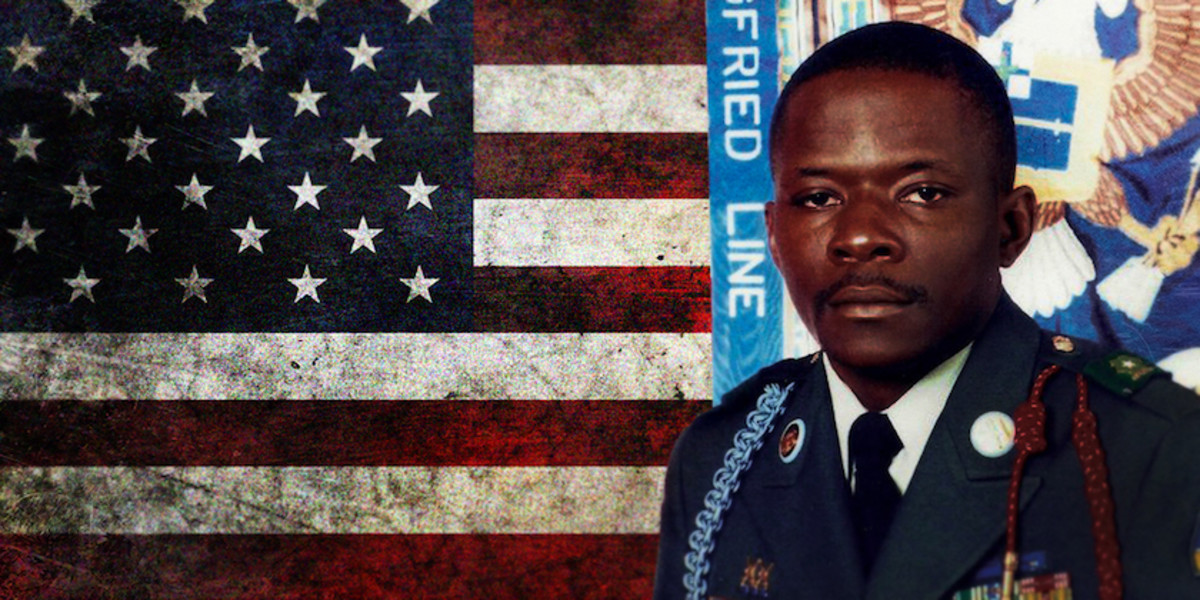
2 of 11:
Alwyn’s platoon had a short route clearance mission scheduled for the October 15, 2005. Then a day off. Or, rather, maintenance of the vehicles and clean weapons. But nothing outside the wire on the 16th.
Alwyn’s platoon had a short route clearance mission scheduled for the October 15, 2005. Then a day off. Or, rather, maintenance of the vehicles and clean weapons. But nothing outside the wire on the 16th.
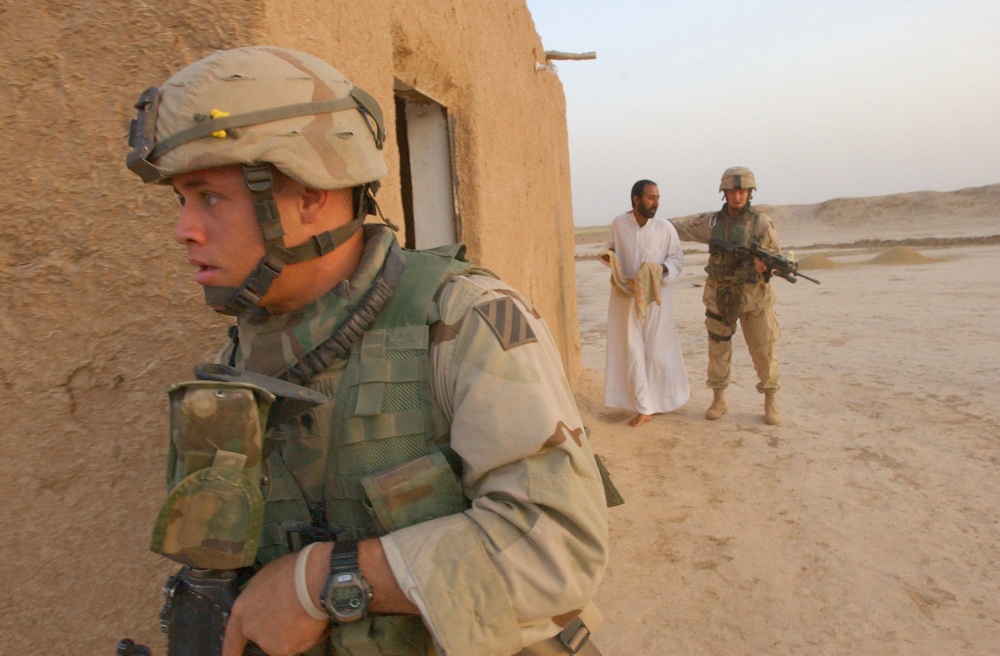
3 of 11:
Then, another mission on October 17th. This one was longer. A circuitous route that led through Diyala.
Then, another mission on October 17th. This one was longer. A circuitous route that led through Diyala.
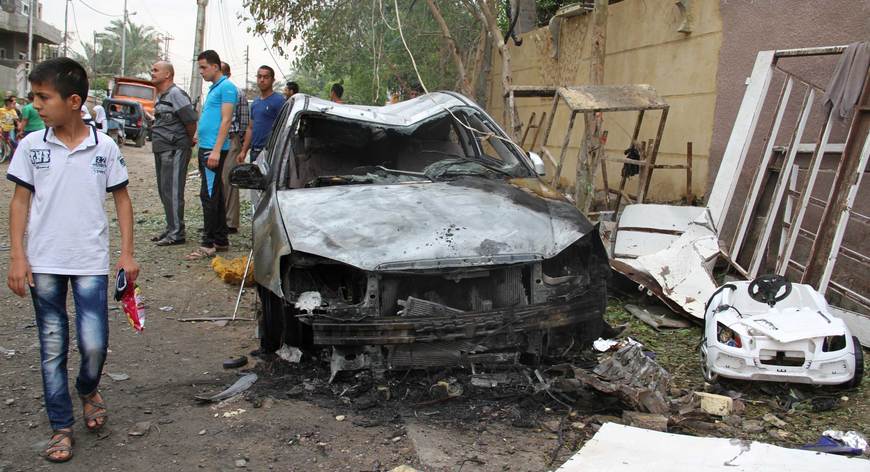
4 of 11:
Alwyn was among a number of Soldiers in 1-15 Infantry, part of 3rd Infantry Division’s 3rd Brigade, to have left @FortBenning to invade Iraq with the unit in 2003.
Alwyn was among a number of Soldiers in 1-15 Infantry, part of 3rd Infantry Division’s 3rd Brigade, to have left @FortBenning to invade Iraq with the unit in 2003.

5 of 11:
During that 2003 deployment, the battalion was always moving, always shooting, covering more than 500 kilometers of terrain in a month in the advance.
During that 2003 deployment, the battalion was always moving, always shooting, covering more than 500 kilometers of terrain in a month in the advance.

6 of 11:
This deployment, OIF III, was different. Slower. This time it was mostly long patrols with no contact. There was work wtih local security forces. This time they rarely saw the enemy.
[pic: Specialist Ryan Mazur, 1-15, this time 15 yrs ago]
This deployment, OIF III, was different. Slower. This time it was mostly long patrols with no contact. There was work wtih local security forces. This time they rarely saw the enemy.
[pic: Specialist Ryan Mazur, 1-15, this time 15 yrs ago]

7 of 11:
Over the phone and in letters, Alwyn’s sister Kasinal told him to “duck” in firefights. Disturbed by news reports about an out-of-control insurgency, she wanted him to avoid trouble.
Over the phone and in letters, Alwyn’s sister Kasinal told him to “duck” in firefights. Disturbed by news reports about an out-of-control insurgency, she wanted him to avoid trouble.
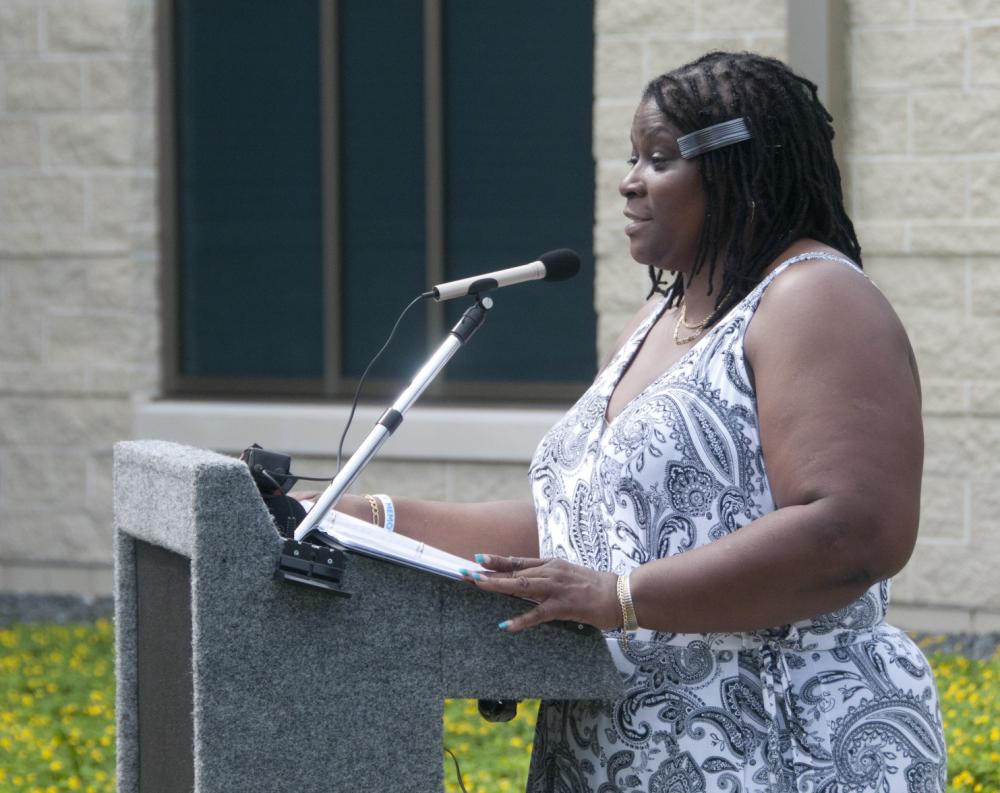
8 of 11:
Trouble hadn’t found the 35-year-old in Samara. Nonetheless, Alwyn, explained, he “was going to take care of his boys.”
Sorry, Kasinal, Alwyn doesn’t duck. Never had.
Trouble hadn’t found the 35-year-old in Samara. Nonetheless, Alwyn, explained, he “was going to take care of his boys.”
Sorry, Kasinal, Alwyn doesn’t duck. Never had.
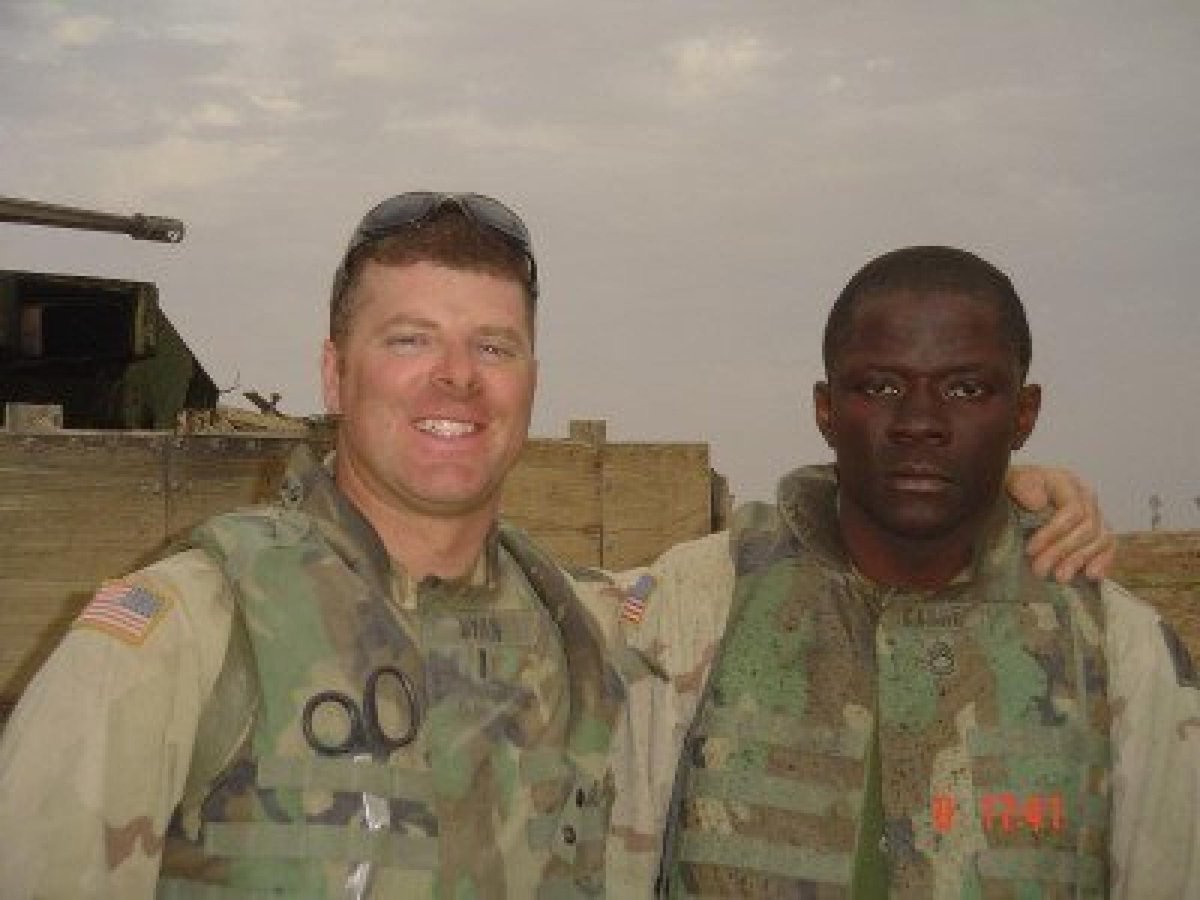
9 of 11:
This time, this deployment, Alwyn was a platoon sergeant. The men looked to him. He would lead them back home. He would deliver them back to the parade field on Fort Benning.
They just had this last little bit of the deployment left.
This time, this deployment, Alwyn was a platoon sergeant. The men looked to him. He would lead them back home. He would deliver them back to the parade field on Fort Benning.
They just had this last little bit of the deployment left.

10 of 11:
Then he would make a trip back home to Oviedo, Florida in early 2006. The trip had been in the works for month. He loved Florida and enjoyed talking about the planned trip.
Then he would make a trip back home to Oviedo, Florida in early 2006. The trip had been in the works for month. He loved Florida and enjoyed talking about the planned trip.
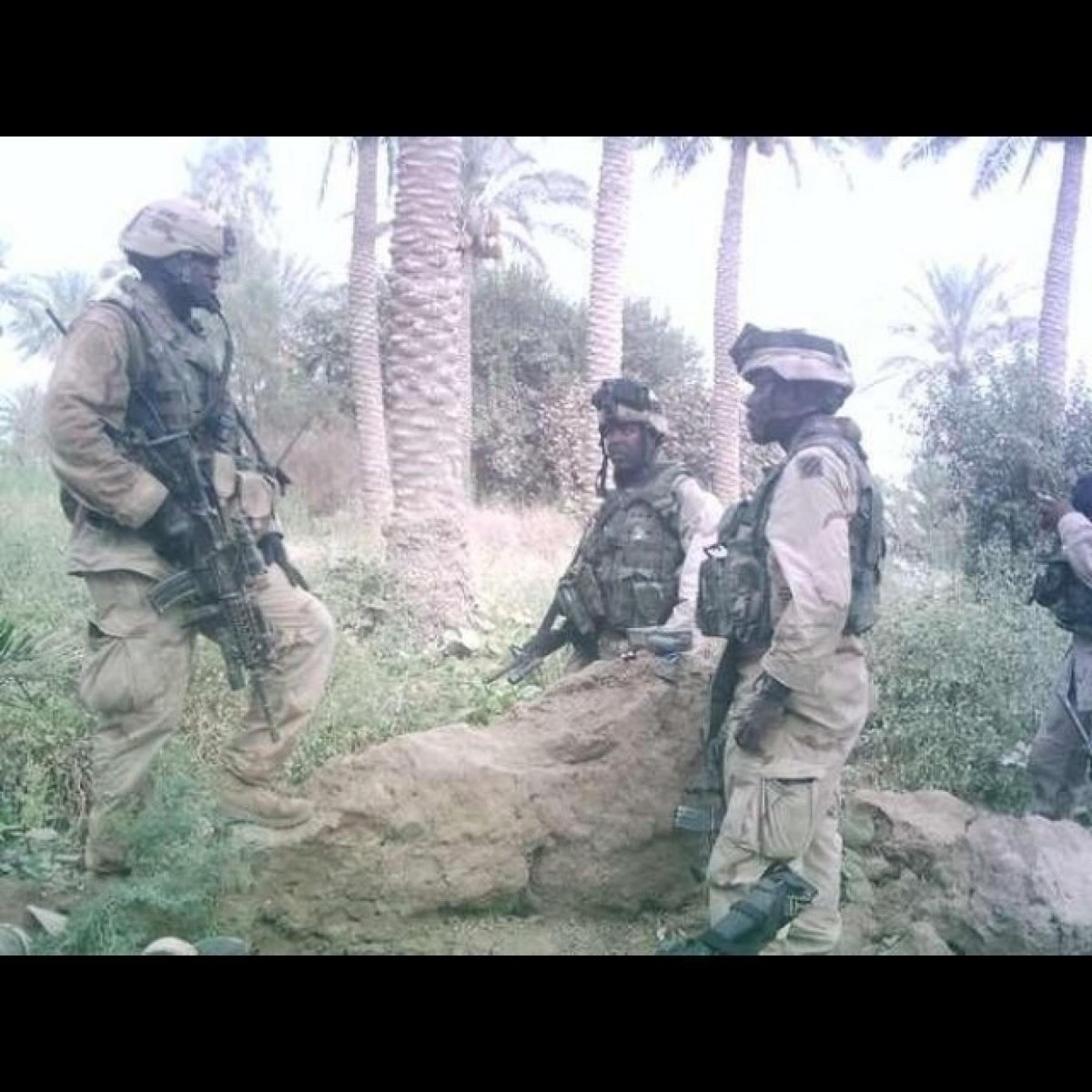
• • •
Missing some Tweet in this thread? You can try to
force a refresh
